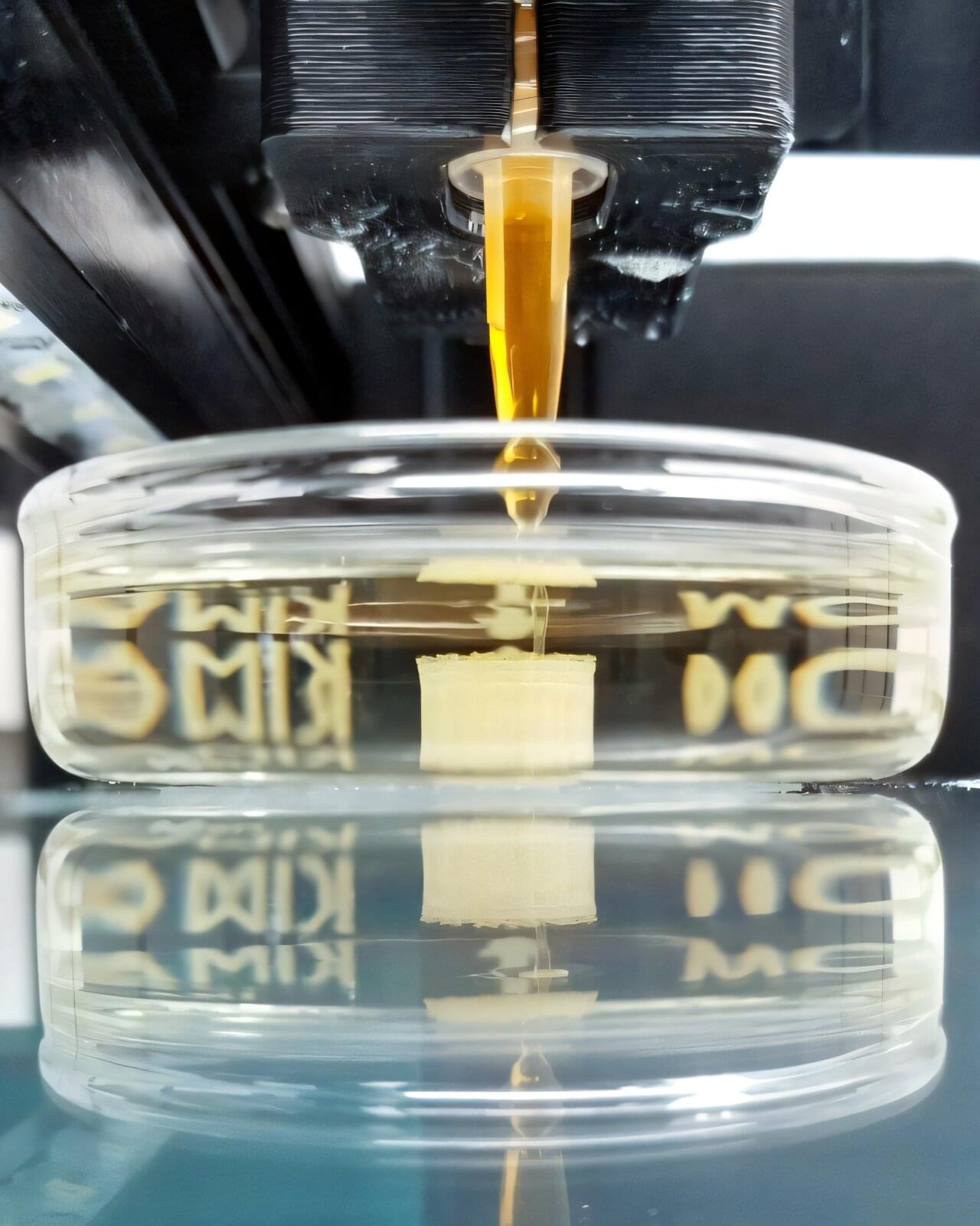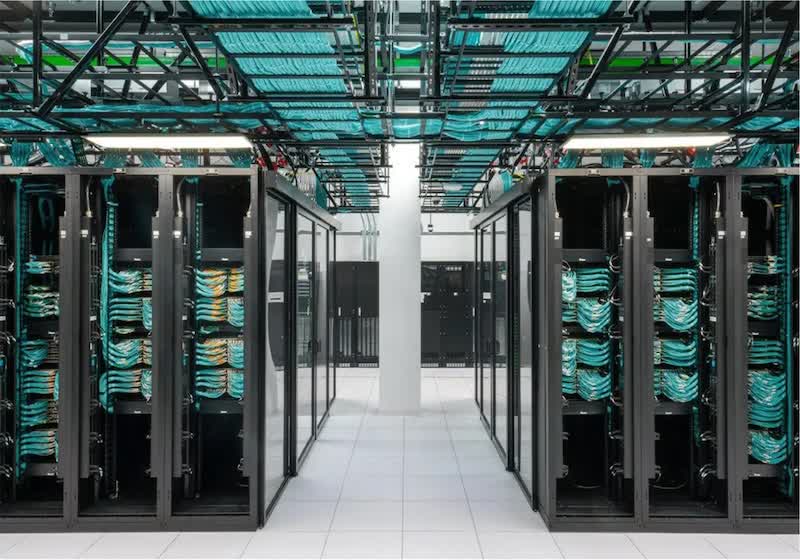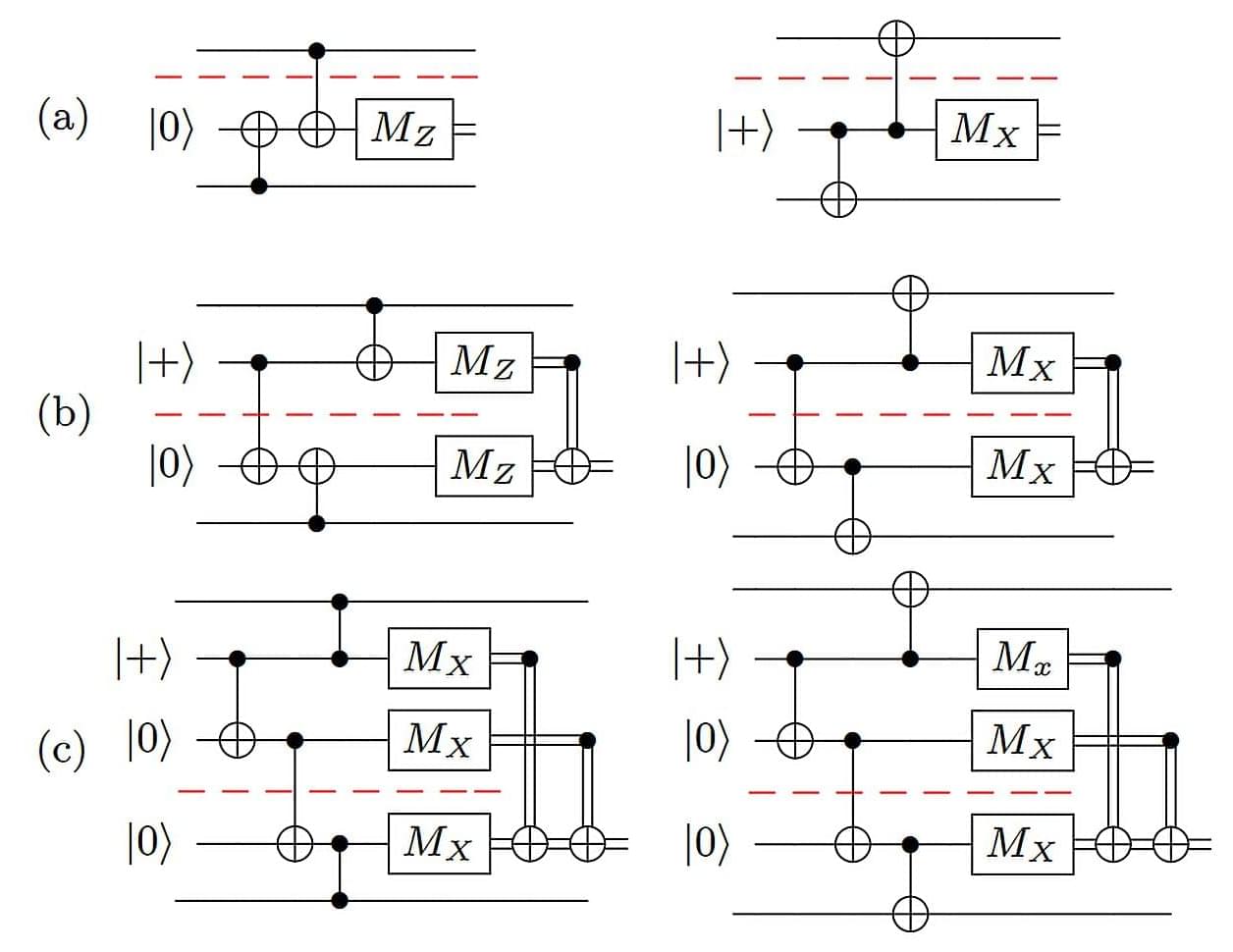An optically addressable fluorescent-protein spin qubit is realized using enhanced yellow fluorescent protein; the qubit can be coherently controlled at liquid-nitrogen temperatures and the spin detected at room temperature in cells.



The same technology behind MRI images of injury or disease also powers nuclear magnetic resonance (NMR) spectroscopy, which is used to analyze biological molecules for research on diseases and therapeutics. While NMR spectroscopy produces valuable data about the structure of molecules, the resolution is too low to sense individual atoms.
Now, quantum researchers at Purdue University are advancing an approach that could improve the resolution of NMR spectroscopy to the atomic scale and may also have applications in developing quantum computing and quantum communications.
“Conventional NMR spectroscopy is limited to measuring large samples of molecules. We’re interested in developing technologies that can detect and analyze a single molecule,” said Tongcang Li, professor of physics and astronomy in the College of Science and of electrical and computer engineering in the College of Engineering.

Quantum technologies, devices that work by leveraging quantum mechanical effects, could outperform classical technologies in some fields and settings. The so-called spin (i.e., intrinsic angular momentum) carried by quantum particles is central to the functioning of quantum systems, as it can store quantum information.
To reliably share quantum information across a network, however, spins need to be linked to photons (i.e., particles of light). For decades, engineers and quantum physicists have thus been trying to devise approaches to interface spins and photons.
One strategy to achieve this entails the use of quantum dots, nanoscale semiconductor structures that can trap electrons or holes in distinct energy levels. When placed in carefully engineered optical resonators known as microcavities, these structures can generate individual photons. Nonetheless, ensuring that the coherence of spins is not disrupted by magnetic noise originating from nearby nuclear spins and thus facilitating the preservation of quantum information over time has so far proved challenging.


Nearly a decade after they first demonstrated that soft materials could guide the formation of superconductors, Cornell researchers have achieved a one-step, 3D printing method that produces superconductors with record properties.
The advance, detailed in Nature Communications, builds on years of interdisciplinary work led by Ulrich Wiesner, the Spencer T. Olin Professor in the Department of Materials Science and Engineering, and could improve technologies such as superconducting magnets and quantum devices.
Wiesner and colleagues reported in 2016 the first self-assembled superconductor using block copolymers—soft, chain-like molecules that naturally arrange themselves into orderly, repeating nanoscale structures. By 2021, the group found that these soft material approaches could produce superconducting properties on par with conventional methods.

The internet, social media, and digital technologies have completely transformed the way we establish commercial, personal and professional relationships. At its core, this society relies on the exchange of information that is expressed in terms of bits. This basic unit of information can be either a 0 or a 1, and it is usually represented in electrical circuits, for instance, as two voltage levels (one representing the bit in state 0 and the other representing state 1).
The ability to store and manipulate bits efficiently lays the basis of digital electronics and enables modern devices to perform a variety of tasks, ranging from sending emails and playing music to numerical simulations. These processes are only possible thanks to key hardware components like random-access memory (RAM), which offer temporary storage and on-demand retrieval of data.
In parallel, advances in quantum physics have led to a new kind of information unit: the qubit. Unlike classical bits, which are strictly 0 or 1, qubits can exist in a superposition of both states at once. This opens up new possibilities for processing and storing information, although its practical implications are still being explored.

Earlier this year, the company confirmed that its next-generation rack-scale AI platforms will abandon pluggable optical modules in favor of co-packaged optics. At the Hot Chips conference, Nvidia shared new details about its upcoming photonic interconnect products – Quantum-X and Spectrum-X Photonics – scheduled for launch in 2026 for InfiniBand and Ethernet, respectively.


The simulation of quantum systems and the development of systems that can perform computations leveraging quantum mechanical effects rely on the ability to arrange atoms in specific patterns with high levels of precision. To arrange atoms in ordered patterns known as arrays, physicists typically use optical tweezers, highly focused laser beams that can trap particles.

While quantum computers are already being used for research in chemistry, material science, and data security, most are still too small to be useful for large-scale applications. A study led by researchers at the University of California, Riverside, now shows how “scalable” quantum architectures—systems made up of many small chips working together as one powerful unit—can be made.